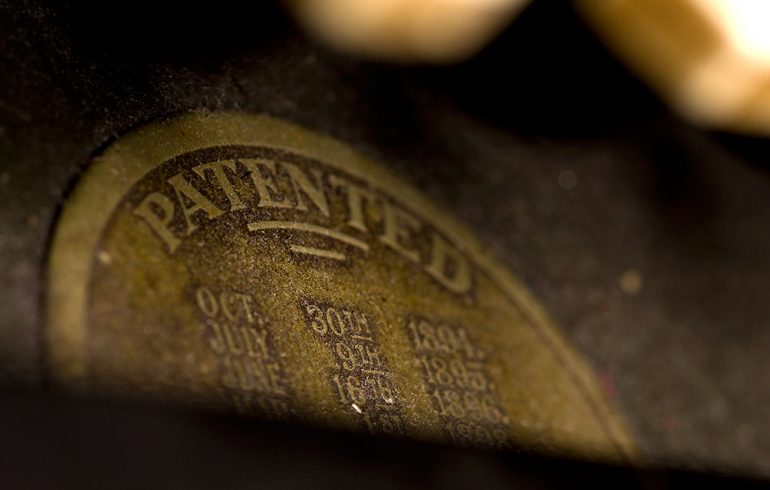I frequently speak with individuals who believe they have come up with a new invention and want to protect it with a patent, but have no idea of how to go about obtaining a patent. The patenting process can be complicated if it is not something you deal with day-to-day. The following are some questions on the patent process I frequently hear.
First of all, what is a patent? I sometimes speak with individuals who believe they must first get a patent for their invention before they can make and sell the invention. That is not entirely accurate. The patent is a right granted by the United States Government to an inventor to exclude others from making, using, offering for sale, or selling the inventor’s invention throughout the United States or importing the inventor’s invention into the United States for use or sale. The right is granted by the government for a limited period of time in exchange for the inventor publicly disclosing the invention in the granted patent. Note that the right is granted by the United States Government and therefore the patent only has effect in the United States. I at times get questions on whether a United States patent has any effect in other countries, for example Canada, which it does not.
There are several different types of patents. The two most common types are utility patents and design patents (there are also plant patents).
Utility patents are issued for a process, a machine, an article of manufacture, a composition of matter, or an improvement to any of these.
A design patent is issued for an ornamental design of an article of manufacture that is new and not obvious.
Basically, laws of nature, physical phenomena, abstract ideas and inventions that are not useful or are offensive to the public morality cannot be patented. Literary, dramatic, musical and artistic works also cannot be patented. However, these can be copyright protected.
As stated earlier, the invention must be new, non-obvious and useful. Before an application for a patent is prepared and filed at the Patent Office, research should be conducted to determine if the invention has been publicly disclosed. That disclosure can take place anywhere in the world. If the invention was publicly disclosed anywhere, it cannot be patented in the United States.
An application for a patent basically includes a detailed description of the invention, drawings depicting the invention and numbered paragraphs that are called “claims”. The “claims” of the patent application are the most important part of the application and provide a verbal description of the scope of protection for the invention sought by the patent application.
When an application for a patent is filed at the U.S. Patent and Trademark Office, the inventor identified in the patent application has “patent pending” status. After the application has been filed, the Patent Office will conduct research on the invention as part of the patent application examination. Depending on what the research uncovers, the Patent Office will either allow the patent application to issue as a patent, or reject the patent application as lacking novelty or being obvious in view of prior known information.
The above provides only limited and basic information on the patenting process which, as stated earlier, can be very complicated. Additionally, the patenting process can also be very expensive and require a considerable period of time.
More information is available from the Patent and Trademark Office website at www.uspto.gov.

